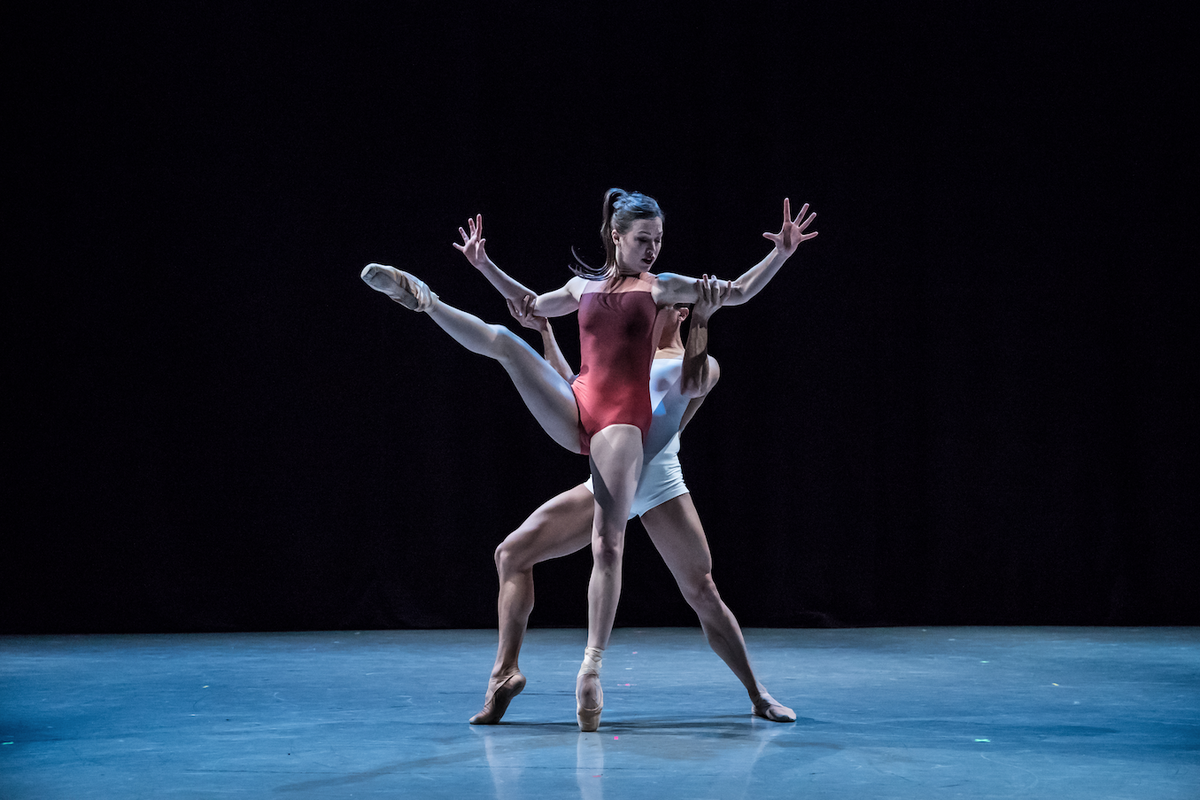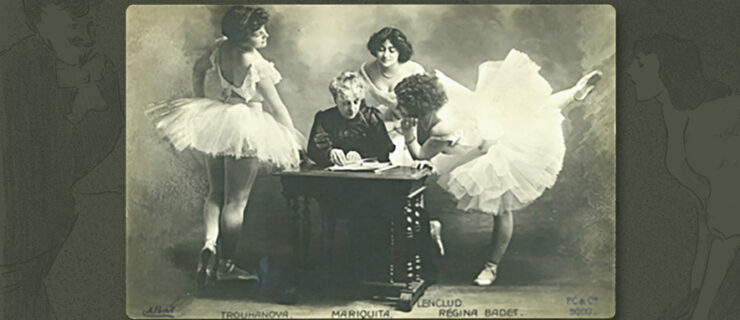Are You Too Young to Join a Company?
Molly Smolen started her professional career at age 14 as an apprentice with Cincinnati Ballet, and then joined American Ballet Theatre at 15 years old. Onstage, her talent and technique made her fit in with adults, but offstage, her young age caused problems.
Smolen, a now retired principal dancer with Birmingham Royal Ballet and San Francisco Ballet, struggled to handle the responsibility of a full-time job while living on her own in New York City. Her technique slipped due to long layoffs and repertoire limited to corps work. At 16, her body began to change, which led to humiliating experiences, like being cut from Swan Lake after she was told her thighs were too big.
“I think it was a mistake,” Smolen says of starting her career so young. “People told me I needed to mature more and be in a ballet school longer, but at the time I wouldn’t listen.”
Smolen’s experience is not uncommon for dancers who join companies at a very young age. Yet it’s difficult to turn down a contract, and the success of dancers like New York City Ballet principal Tiler Peck, who joined the company at 15, is tantalizing. While the spread of second companies and apprentice programs (many of which have higher age requirements) has helped improve dancers’ transition into professional life, there are common problems and pitfalls for teenage dancers to be aware of—especially if they’re going straight into the corps.
Being Afraid to Speak Up
It’s well known that dancers often perceive, or are told, that they’re expendable, making them feel powerless to express their needs. This is especially true for teenage dancers.
Kansas City Ballet dancer Kelsey Ivana Hellebuyck, who joined Boston Ballet’s corps at age 16 (bypassing Boston Ballet II), struggled when the promise of her young start didn’t lead to a promotion. “I was often told there were big plans ahead for me, I was just young,” says Hellebuyck. “I would smile and nod, not knowing how to ask for more honest feedback.” But the promotion never came, and she was ultimately let go after six seasons.
 Smolen with Tiit Helimets in “Romeo and Juliet.” Photo by Bill Cooper, Courtesy Birmingham Royal Ballet.
Smolen with Tiit Helimets in “Romeo and Juliet.” Photo by Bill Cooper, Courtesy Birmingham Royal Ballet.
Shannon Rugani became an apprentice at San Francisco Ballet at age 16, spending 10 seasons in the corps de ballet. She says it took six years and a serious injury to learn how to speak up for herself. Fearing she would look weak, she often danced through injuries, bleeding toes and exhaustion—which made her dancing suffer.
“I realized if I took better care of myself I’d be a better asset to the company,” says Rugani. She became her own advocate by being more assertive with artistic staff while still being respectful, and better roles followed. “It’s okay to say that you need a lunch break or that you have to take your pointe shoes off,” she says. “When I stood up for myself, it helped shed the ‘little girl’ image.”
Body Changes
The body goes through inevitable changes in adolescence, making teenage dancers especially vulnerable to disordered eating to maintain the pubescent look they were hired with. Melissa Gerson, a New York City–based therapist and former professional dancer who has treated many young ballet dancers with eating disorders, says this can lead to obsessive behavior, injury, depression, anxiety and even decreased brain function and ability to focus.
In addition, it’s difficult for a teen dancer to know when body changes will happen, as female athletes can often have delayed puberty and/or menstruation. Hellebuyck says that when she was hired she had a “gangly teen” physique. Her period didn’t start until age 22, the year she was let go. “All of a sudden I had to find balance in my new body,” she says.
Gerson says that it’s important for young dancers going through body changes to get support and guidance to avoid disordered eating, including seeking out a qualified professional who is known for being thoughtful and will recommend safe and sustainable nutritional advice.
Socialization
Teenage dancers need to quickly adapt to an adult world. Hellebuyck says that because she was so young, company members assumed she was in Boston Ballet II. “People thought I was a baby. I had to prove them wrong,” she says. Moving on her own from San Francisco to Boston at 16 made her grow up fast. “I never got to be a kid,” she says.
 Rugani dances the Spanish variation in “Nutcracker.” Photo by Erik Tomasson, Courtesy SFB.
Rugani dances the Spanish variation in “Nutcracker.” Photo by Erik Tomasson, Courtesy SFB.
Smolen struggled socially as a 14-year-old among adults in Cincinnati, but she said her social life improved at ABT. However, this came with attention from older, high-ranking male dancers, which was difficult to handle. “No one was looking out for me. No one warned me or helped me,” she says.
Finding Support and Balance
Smolen’s situation improved when she sought an outside coach, who helped push her technique and prepare her for competitions, and who also helped her on a personal level. “It gave me the confidence, focus and goal setting I wasn’t getting in the company,” she says.
Rugani turned to SFB principal Sofiane Sylve for mentorship. “She helped me with my roles but also with approaching my work,” says Rugani, noting that joining the company so young took away the years she might have tackled technical challenges in a supportive school setting. “She taught me to be humble, to soak up knowledge from anyone.”
Maintaining work–life balance is also key, says Gerson. “Try not to neglect other parts of yourself, and stay connected with the world outside of ballet. Develop other interests,” she says, citing volunteering, theater and art classes or book clubs as good options.
While it’s unrealistic to expect a young teenager to turn down a dream contract, all three dancers say that it is difficult to handle the stress without guidance and mentorship. As Rugani says, at 16, “you don’t know what you don’t know.”





